Yamaha Aventage Series Receivers Features Step-Chart
Shopping for the perfect A/V receiver can be tough, but it’s good to know that you can bring up a chart that compares the various features of receiver models against each other on Audiogurus.com. When you’re already convinced of what brand you’re going to buy, and you just want to know a little more about how each model differs, then those huge comparisons might be a bit much. For the discerning shopper, we’ve generated these convenient Step Chart Guides to help advise you when making a purchasing decision. With these step charts, and our accompanying comments, you can should be able to understand the important breakpoints between Yamaha’s vast array of products and models. While feature differences abound from one models to the next—not all features are the same in terms of significance or importance. Some features are going to matter a lot, while others represent mere bumps along the path to a larger, more powerful model.
Yamaha’s Aventage line in particular has some significant price and feature break points that dramatically affect the functionality you can expect when using their surround sound systems in your home.
Here is the Step Chart for the Yamaha Aventage Series receivers:
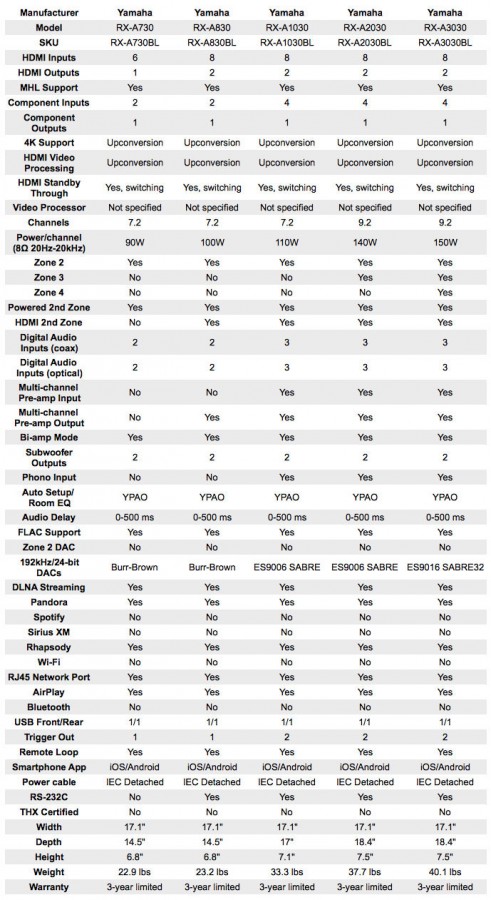
If you’ve already settled on the upper-end Aventage line from Yamaha, this will help you make up your mind.
Following are our notes on what to look out for:
Breakpoint 1: Dual HDMI Outputs and Multi-channel Preamp Outputs
Yamaha’s RX-V receivers offer dual HDMI outputs when you get to the RX-V775, but the Aventage RX-A830 is the first model to offer HDMI Zone 2 video output. That means you can literally run a discrete source to your second zone—video and all. If that’s something you want to do, then you’ll need this bump up. Also, the RX-A830 is the first receiver in the Aventage line-up to offer the ability to use external amps for your surround system, with a multi-channel preamp output.
Breakpoint 2: Analogue Multi-channel Inputs and Phono
When legacy gear is in your system, particularly something with analogue multi-channel outputs, you don’t really have a ton of options in the AV receiver world. In fact, the Yamaha RX-A1030 may be your new best friend. It’s multi-channel preamp input is rare and welcome amongst a sea of ever-increasingly digital-only processors and receivers. This is also the first Aventage receiver to feature an actual phono input, so if you’re spinning vinyl and don’t have an external phono preamp, this is your model.
Breakpoint 3: More Power and a Third Zone
Power hungry users may opt for the RX-A2030’s additional 30 watts per channel. An added bonus is that you also get a third zone, so you can put sound into a theater, bedroom and your outdoor workshop—all from the same AV receiver. This amplifier also gives you two more additional channels of amplification (9 total) so that those extra zones can be sent using only speaker wire and don’t require an additional amp—provided your main room is content with 5.1. Or, you can go 7.1 with one additional powered stereo zone and then use an amplifier for your third zone. The choice is yours, and there’s tons of flexibility (not to mention a ton of binding post wiring options).
Breakpoint 4: 4 Zones, Better DACs
Yamaha’s current flagship receiver, the Aventage RX-A3030, sports four zones of audio as well as an outstanding ES9016 SABRE32 DAC for all channels. It’s also got an additional 10 watts per channel over the RX-A2030, but who’s counting?


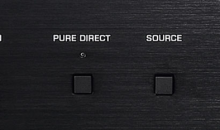
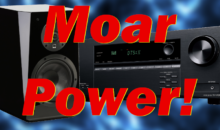
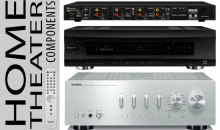
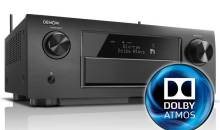

Im looking for a 2 channel high output receiver with sub out, 250W a channel or better. Do they make this type of receiver or should i stick to power amp / preamp setup,? Or do they make a pre-amp with sub out ?